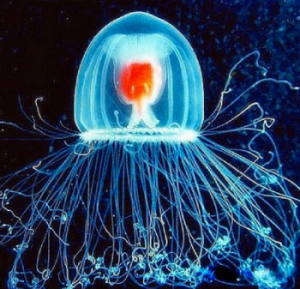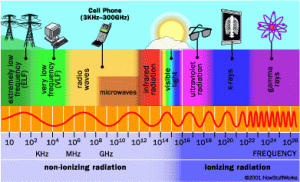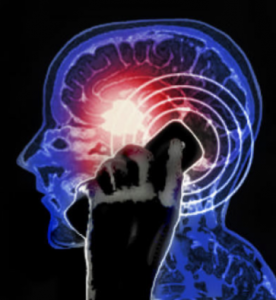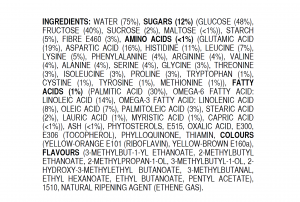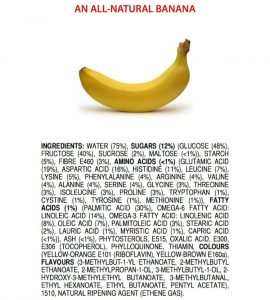“15% of Canadians have tried an e-cigarette.”(for more information click here) Teenagers and the youth (15 to 24 years) have the highest rates of trying vaping.
(The number of teens vaping has doubled in the past five years CREDIT: MARTINEDOUCET /ISTOCKPHOTO)
Behind the popularity, there are many consequences people may not know about. Although sometimes it called vapes, these devices do not produce water vapor, instead an aerosol. Aerosols contain many fine solid particles or liquid droplets that are created from e-liquid.
The main base of e-liquid is nicotine, propylene glycol and glycerin. Propylene glycol and glycerin are known as an important cause of bronchial irritation. Besides, we know very little about their safety for long-term inhalational exposure. “More than 500 people have been diagnosed with vaping-related breathing illnesses, but the cause remains unknown,” U.S. health officials said on 9.19.2019. (We’re still monitoring the relation and will update the content when more information is available.)
In addition, some e-cigarette manufacturers add alcohol in the e-liquids but without indication. The level of alcohol varied with recipes with different flavours, sometimes in high levels, and inhaling alcohol is known to have toxic effects on the brain. It puts people at high risk for alcohol poisoning and increase the possibility for alcohol addiction.
E-cigarettes are technically simple devices. They look nothing like cigarettes, and come in various shapes, sizes and colours; at the same time, most of them are very portable. Compared with traditional cigarette, vape is not easy to spot by parents and teachers. However, e-cigarettes can expose teens to a lot of nicotine. The nicotine concentration in some single-used vapes is comparable as a full pack of cigarettes. Teens brain are very sensitive: even low levels of nicotine are very addictive for teen brains. As a result, the vape may lead the entire generation of youth to be nicotine-addicted.
If we want to protect our health and the health of our next generation, probably we should get out of the habit of automatically celebrating new technology ,and then get into the habit of looking at new things with a critical eye, knowing more fact about vapes may help us.

